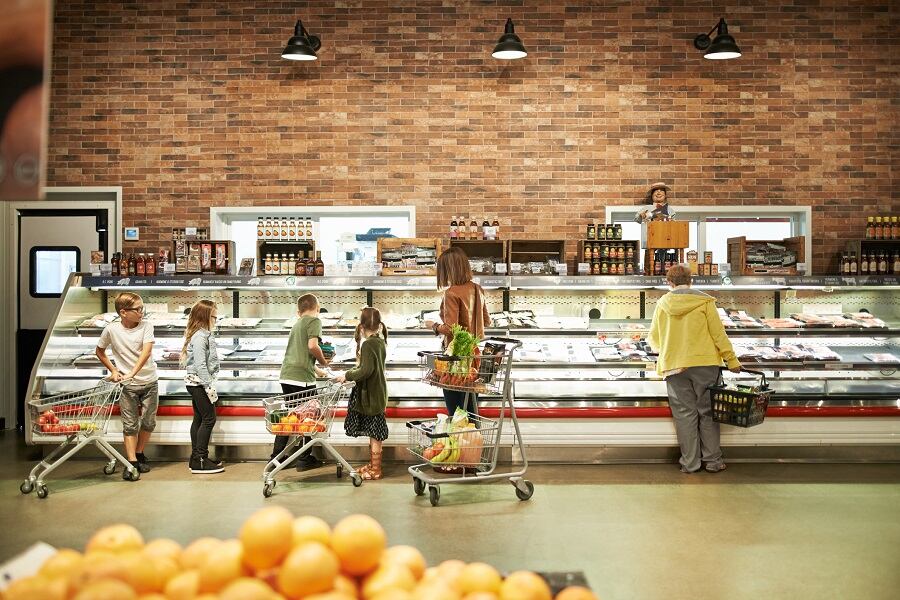“For brands and retailers to win in today’s environment, they need to deliver value to consumers in relevant ways that establish price leadership and drive consumer action in the form of incremental sales, basket size and trip frequency,” Jeff Williams, chief retail officer for digital promotions, Quotient, explained to FoodNavigator-USA.
According to a 2020 study from eMarketer, 55% of consumers’ time spent with media was digital; while 21% of retailers’ budget was spent on digital media. This white space is critical for small retailers to capture consumer attention through value and quality by leveraging their own data in a way that promotes growth and loyalty.
Often national brands overlook smaller, regional grocery stores as the “current fragmented landscape of the space means they will likely be marginalized” and will allocate their budget where they will have the greatest exposure, which is usually national retailers. Williams continued: “As brands and advertisers decide how and where to spend their marketing dollars, there are only so many retail media networks they can entertain.”
For smaller retailers, it’s finding the right digital avenue to leverage a brand’s retail media investment. Regardless of size, retailers can all utilize their own data for insight specific to its consumers, brands and traffic. Williams suggests, for smaller grocers, to “find a technology partner who can leverage the grocer’s first-party data to offer the most personalized and relevant retail media inventory for consumers.”
Technology partnerships continue to shape innovations in the food and beverage landscape
“Companies have recognized that combining suppliers, research firms and other stakeholders to build one fire alliance is the key to conquering the growing market,” Danielle Masterson, deputy editor, Nutraingredients-USA, wrote in an article about the growth of technology partnerships within the health and wellness market.
Small grocery stores, too, are seeking to harness their distinctive data sets to craft unique and value-driven customer experiences. Collaborations between technology and the food industry can enable these retailers, irrespective of their size, to create a customized omnichannel strategy that sets them apart.
On the supplier side, for example, Givaudan announced its AI Customer Foresight platform to predict upcoming market trends and collaborate with CPG brands on developing innovative food and beverage products.
HowGood’s digital platform, Latis, uses proprietary technology to assess the social and environmental impact of more than 33,000 ingredients across eight sustainability metrics.
Square Roots’ automation technology for seeding, harvesting and sanitization creates growing conditions in any geographic location, at any season.
“Having programmatic technology, demand-side platforms and planning tools and services that attract ad investment and optimize campaigns across all media channels gives each retailer in the network their commiserate share based on propensity scoring and consumer footprint,” Williams said.
'The solution here is to outsource the retail media network to a technology partner'
A primary challenge for smaller retailers, Williams explained, is generating enough demand. There is a fine balance between investing in sales to drive demand and ensuring a solid network infrastructure.
“The solution here is to outsource the retail media network to a technology partner, who can monetize the retailer’s first-party data, drive demand across the network and activate audience-based campaigns without the retailer having to build it all from scratch,” he suggested.
Moreover, rather than engaging in competition with larger retailers that operate on a distinct internal network and media strategy, smaller retailers should focus on acquiring a network that enables their growth, and avoiding the pitfalls of falling behind or remaining stagnant.
As retailers explore and experiment in the retail media space, they’re moving away from current fragmentation (many networks doing things differently) and toward network aggregation (fewer networks but all using similar practices), Williams explained.




